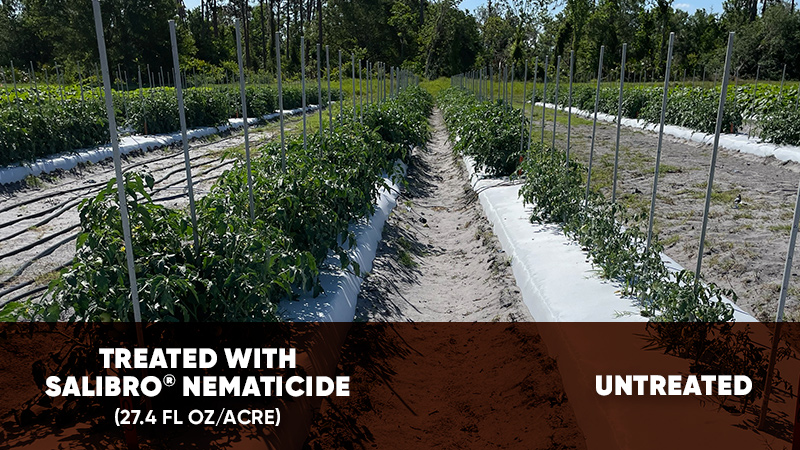New Rootstocks on the Way for Florida Peaches
While peaches aren’t necessarily the first thing most people associate with Florida agriculture, the stone fruit continues to gain ground in the state, offering local growers a unique alternative crop opportunity. New research efforts are aiming to expand potential and help farmers grow peaches in Florida’s various production regions.
Ricardo Lesmes-Vesga, a Ph.D. candidate at the UF/IFAS Indian River Research and Education Center (IRREC) in Ft. Pierce is working to develop peach rootstocks specific to those production areas. Through this, he believes his research findings will help growers who harvest the fruit when the crops are the nation’s sole source for fresh peaches. Peaches grow on about 2,000 acres in Florida and are available to consumers in mid-March, well ahead of traditional peach growers in Georgia, and through mid-May.
In his graduate research program, Lesmes-Vesga phenotypes peach root systems in Florida’s different soil regions. His research matches the correct root system with soils that vary in the Indian River region and Florida’s Central or “Ridge” area near Lake Alfred. Both regions have a traditional citrus production heritage.
“Ricardo’s research will permit us to develop new, improved rootstocks designed to increase water and fertilizer use efficiency,” says José Chaparro, UF/IFAS Associate Professor of fruit tree breeding and genetics. “The germplasm used in this research will be made available to nurseries for the propagation of low-chill peach varieties.”
Low-chill peach varieties do not require long periods of low temperatures to bloom and produce fruit, as do peaches from traditional growing regions. This factor gives Florida growers a valuable market window.
“Historically, commercial propagation of peach rootstocks has been based on the use of seedlings because they are inexpensive and easy to store,” Lesmes-Vesga adds. “However, the trend in stone fruit production is the propagation of rootstocks by rooted stem cuttings, which can provide highly uniform tree performance.”
At IRREC, Lesmes-Vesga operates a greenhouse nursery for peach trees he uses in his year-long experiments. During the cooler months, red lights simulate daylight to prevent dormancy in the stone fruit trees. Cuttings from the nursery trees are rooted inside aeroponics systems and stimulated with rooting hormones. Collected data will reveal which rootstocks grow deeper and shallower root systems.
According to UF/IFAS, Chaparro – with help from Lesmes-Vesga’s findings — will carry out his plant breeding work on new trees that are expected to increase Florida’s peach production range, improve the commercial trees’ performance, and bring greater profits to local growers.
Stay tuned.









